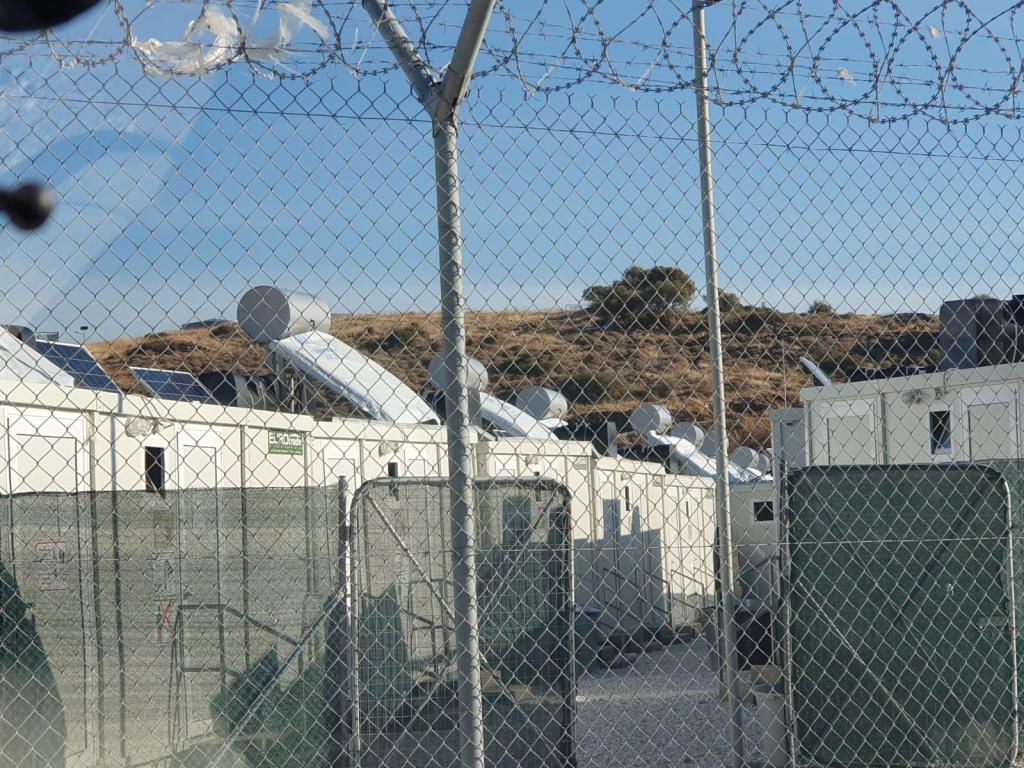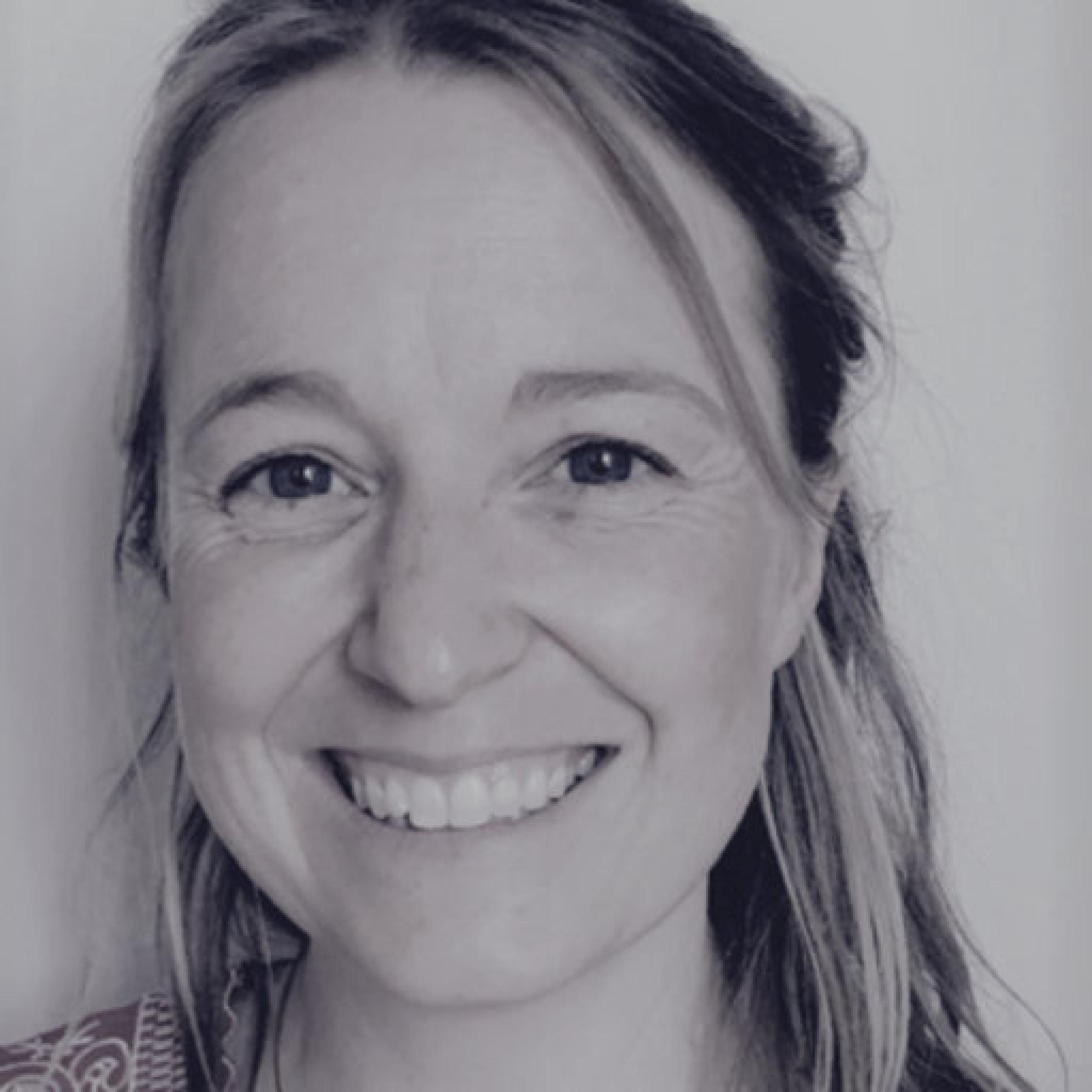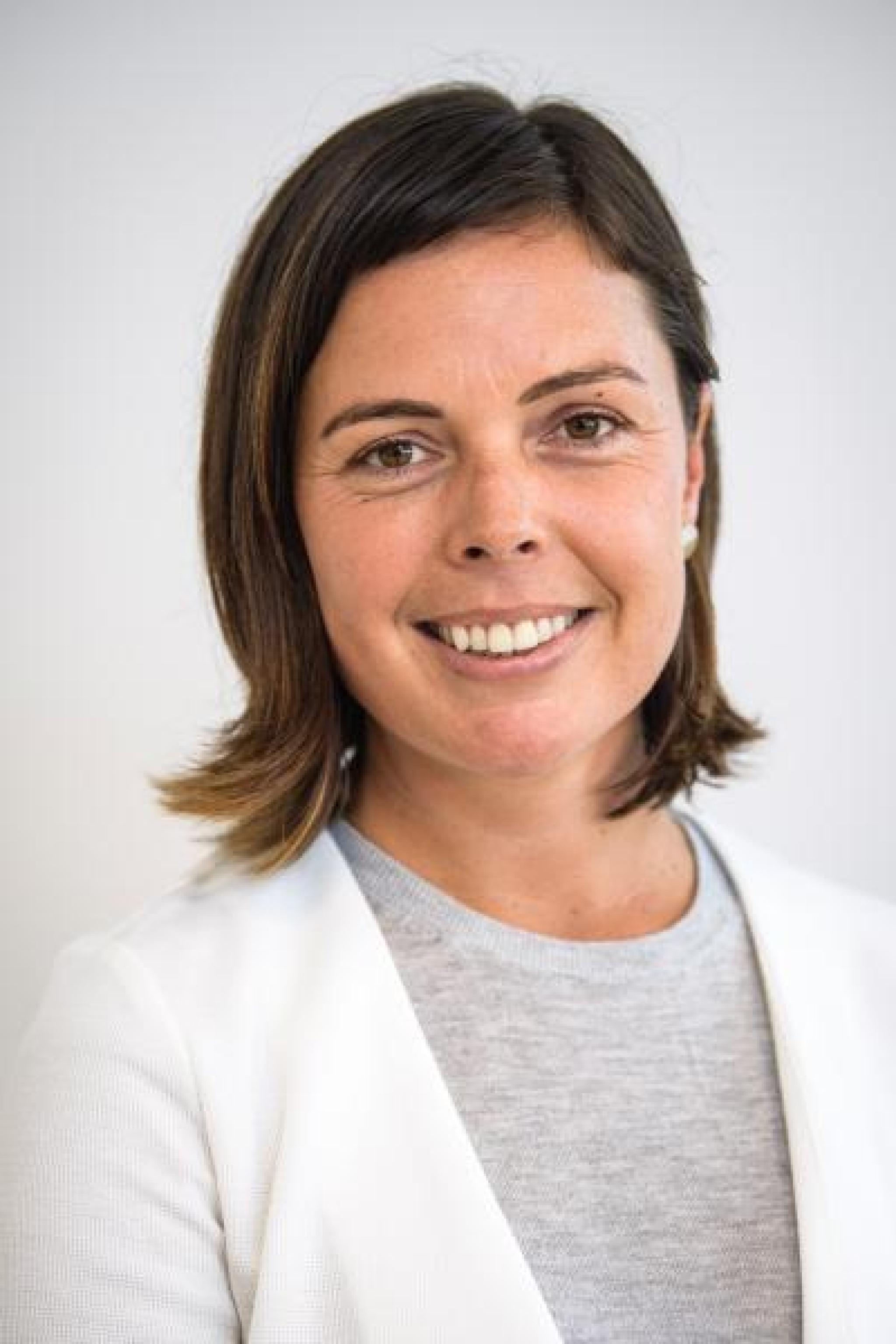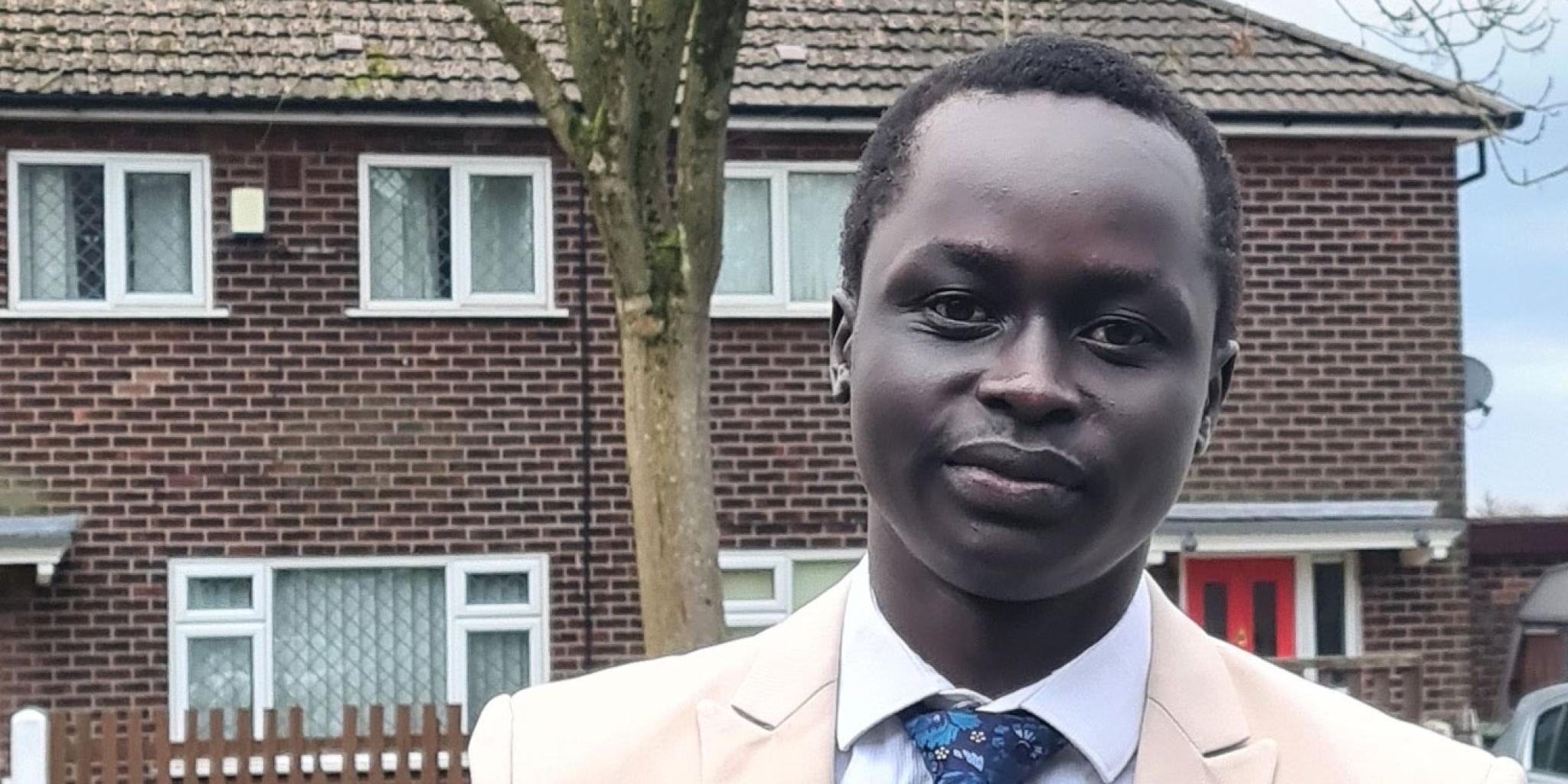We are looking for a Global South applicant for a PhD position at ANU.
Candidates with lived experience of displacement are strongly encouraged to apply.
This AUD $1.1 million ARC Future Fellowship research project aims to demonstrate how child protection is central to the dynamics of forced migration and the key to robust humanitarian programs in protracted crises. Through a comparison of operational measures in child marriage, trafficking, child labour, and sexual abuse, the research develops new insights into humanitarian protection.
This is an ambitious project, narrated through the vast canvas of children/young people’s journeys which usually began due to a rupture of their societies. The complex stories are articulated with deep dives in diverse case studies, examples, and arguments. It is also the first of its kind, to document and analyse global humanitarian protection responses for children on the move between 2015-2018, in Europe, in the Horn of Africa and on the Bangladesh-Myanmar border.
The project develops a new theoretical framework for protection in emergencies, and involves the design of scalable tools that offer actionable advice for policymakers and practitioners. The project will enhance Australia’s capacity to engage strategically in delivering humanitarian aid that contributes to children and young people’s meaningful protection in forced migration contexts.

Global South PhD Opportunity - applications now open
An estimated 80% of displaced populations, including children, currently live in the global south. Existing data on international migrants and refugees, internally displaced people (IDPs), children left behind and internal child migrants, are derived from registers, censuses, administrative processes and surveys. Often these data do not include information on age, sex, origin or travel situation, making it impossible to estimate global numbers of children on the move, or to determine if they travel with their families or unaccompanied. The lack of international standards for data collection, gaps and limitations in existing data, and varying definitions, mean making comparisons between countries is difficult. Data on migration and migrants often remain scattered between countries, agencies, and ministries, and are not shared systematically.
What we do know is that millions of children are on the move – fleeing violence and conflict, disaster, or poverty, in pursuit of a better life. By the end of 2015, 31 million children across the world were living outside their countries of birth. Additionally, at the end of 2016 an estimated 23 million children were internally displaced, 16 million by conflict, 7 million by natural disasters. As of the end of 2016, children made up of half of the world’s refugees - almost 9 million - under UNHCR’s mandate, having escaped armed conflict, violence or persecution.
For the majority of children, their families and communities of origin and arrival, migration is positive and significantly improves their lives. However, gaps in the laws, policies and services meant to protect children on the move leaves many bereft of protection and access to services.
Despite increasing efforts over the past decade, our knowledge about how children fare before, during and after their journeys remains limited in many aspects. Reliable, timely, and accessible data and evidence are essential for understanding and addressing the implications of migration and displacement for children and their families. Children who are traveling alone or who have been separated from their families are particularly vulnerable to violence and abuse.
Although vast data now exists chronicling the lives of displaced populations, we have limited knowledge of how protection is operationalised on the ground in different emergencies, and how these programs are linked with each other in informing the global protection framework.
How are children vulnerable?
This multifaceted and global humanitarian phenomenon involves children and young people who are either sent by their families for protection, or are compelled to move following a loss of family in a humanitarian crisis.
- The number of children moving unaccompanied is high and saw a dramatic increase in recent years: At least 300,000 unaccompanied and separated children moving across borders were registered in 80 countries in 2015–2016 – a near fivefold increase from 66,000 in 2010–2011. While this number dropped in 2016, the total number of unaccompanied and separated children (UASC) move worldwide is likely much higher.
- On the dangerous Central Mediterranean Sea passage from North Africa to Europe, more than 90 per cent of children who arrived in Italy from 2016 to November 2017 were unaccompanied, up from 75 per cent in 2015.
- The number of children born into the devastating effects of statelessness (e.g. Rohingya children) is rising. A significant number of the estimated 10 million stateless persons around the world are children. At least 70,000 new stateless children are born every year in the 20 countries hosting the world’s largest stateless populations.

Recent research and advocacy has turned its attention to the experiences of children travelling alone. Because of sympathetic media coverage, and increasing interest from regulatory bodies, we now know that the numbers of unaccompanied children to developed countries, particularly the United States and Europe, has escalated dramatically due to poor economic conditions and protracted conflicts. Children are also crossing international borders at much younger ages. The number of unaccompanied girls has also been increasing at an alarming rate.
Finding solutions for protection becomes a much more complex process for children who are forced to flee their homes and have their citizenship stripped. Almost without any exception all child refugees experience severe stress and anxiety. Many children, who are forced to flee are taken by armed groups and can be used to perpetrate violence against others.
Historically, receiving, transit and origin societies have been more supportive of the migration of children and young people for a range of reasons. At one end of the spectrum, societies often have an exploitative interest in migrant and refugee children, who are valued for their labour, and at the other end, there exists genuine compassion and recognition that the international community must commit together to support them.
We need systematic analyses to understand the dynamics of child protection in forced migration contexts. There also has to be close collaboration between researchers, policymakers and activists allowing us to express the nuances of age and gender-sensitive and responsive migratory processes.
Evidence-based research can dispel myths and anxieties surrounding migration, and could help design strategies that are effective in developing a global protection framework that could be used in humanitarian emergencies.


Using a gender and age-sensitive and child-centred approach to humanitarian protection, Bina’s future fellowship project offers a new theoretical framework of protection in global humanitarian emergencies. She references three key mass displacements in Europe, Asia and the Horn of Africa since 2014. Each of these displacement events were categorised as L3 emergencies - the most complex and challenging humanitarian emergencies - by the United Nations (UN)
This research analyses programmatic responses in four key child protection concerns in forced migration contexts -
- child/early marriages
- trafficking
- exploitative child labour
- and sexual abuse.
While mass displacement events are influenced by donor states, primarily from the Global North, cooperation practices in camps and settlements have been reshaped by the Global South in how it protects and who it protects. Successive policy measures and humanitarian operations undertaken in countries where large numbers of refugees reside, offer a typology of Global South cooperation strategies employed by civil society actors, states and international agencies, to develop protection measures.
Children in the migration pathway living in protracted, precarious and vulnerable conditions in camps and settlements are usually understood as marginal players in this process.
While children’s participation, at household level, and in their communities, is absolutely crucial for the success of humanitarian protection measures, child-centred approaches and visions are largely absent from any analysis of the protection of displaced populations in protracted situations.
Project aims
The research project aims to
- Inform Australia's humanitarian strategies by creating new knowledge on children's protection.
- Reveal the central importance of gender-sensitive and child-centred protection strategies in Australia's humanitarian agenda
- Develop an inclusive protection agenda for children and young people that builds on Australia’s strong engagement in support of the Women, Peace and Security agenda in the humanitarian space.
- Develop innovative methodological tools and guidelines, to directly inform Australia’s development and humanitarian objectives of building resilience, empowering young women and girls, and building communities.
- Make recommendations for better child protection mechanisms in humanitarian emergencies and for strengthening the protection partnering arrangements with the Global South.
- Reaffirm Australia’s commitment to the 2030 Agenda for Sustainable Development by contributing to knowledge and research-informed policy advocacy.
Chief Investigator

Professor Bina D'Costa
Professor of International Relations in the Coral Bell School of Asia Pacific Affairs, The Australian National University (ANU).
Young people are our hope, so our main goal is to nurture and protect these young migrants’ and refugees’ aspirations for a better future. Good research tells us how to do that better.
I hope my research findings will influence the global narrative and research priorities around migration and forced displacement of children. I would also like to mentor future generations of researchers in global politics to design their research on displacement in a particular way, through teamwork and engaging with local community partners.
This fellowship offers an incredible opportunity to do research better and to do it differently.
Read more
Following the screening, CI Professor Bina D'Costa facilitated a critique and conversation with the film's director, Sohel Rahman about this thought-provoking and powerful film that portrays the journey of children Ayas (10) and Asia (8) across a large refugee camp.
The film provides insightful context to the Rohingya refugee communities, after having escaped extreme onslaught of violence in 2017. A clip (The Ice Cream Sellers) was provided to ANU as research and advocacy material, informing understanding of context.

Photo: Prof Bina D'Costa facilitating a conversation with Sohel Rahman (film maker) and the screening audience, 14 Oct 2024 Canberra.
Relevant publications
Blog on Rohingya and war crimes - Pathway to justice through jurisdiction? The Gambia vs Myanmar at the ICJ, School of Blogal Studies, University of Gothenburg (Dec 2019)
Journal article - ‘Catching dreams and building hopes for children: A research-led policy agenda on migration and displacement’ - in Migration Policy Practice journal, published by the International Organization for Migration (IOM) (May 2018)
Blog - 30.6 million new internal displacements in 2017, children are among the most vulnerable (May 2018)
Report - Child Migration Decisions: Evidence from the Gallup World Poll UNICEF Global Development Commons (2018)
Working Paper - Child-related Concerns and Migration Decisions: Evidence from the Gallup World Poll, UNICEF Office of Research - Innocenti (2018)
Interview - Why research should be a priority in the global response to the child migration crisis
UNICEF Office of Research - Innocenti (Oct 2016)
Report - Human Rights and Children, special report for Asia and European countries, prepared by Bina D’Costa and Ton Liefaard for the Asia-Europe Foundation (ASEF) (Nov 2017)
Research Brief - Not Refugee Children, Not Migrant Children, But Children First: Lack of a systematic and integrated approach UNICEF Office of Research - Innocenti (2017)
Research Brief - Migration and Inequality: Making policies inclusive for every child UNICEF Office of Research - Innocenti (2017)
Blog - Asia’s Child Migrants: Children on the Move UNICEF Office of Research - Innocenti (Sep 2016)
Other resources
SBS News in Depth - Midwives in Sudan work tirelessly against a collapsing health (June 2024)
Anytime, Amnesty (Podcast) - Women’s and children’s rights in conflict zones (June 2024)
The Guardian - Women, war crimes, and sexual violence (April 2023)
Video - Sexual violence in armed conflict (Nov 2022 - 29 seconds)
ANU Reporter profile - Protecting children on the move (May 2019)
Research report - Protected on Paper? An analysis of Nordic country responses to asylum-seeking children UNICEF Office of Research - Innocenti. (2018)
Financial Times article citing Bina's work - Syrian refugees married early face isolation and domestic violence (2017)
More UNICEF Innocenti documents, videos and podcasts:
Video - Distinguished Alumni Award Lecture 2020: No Place for Children: Untangling Refugee Bodies and Navigating through 'Crisis' in Humanitarian Protection, Kroc Institute for International Peace Studies, University of Notre Dame, USA (Dec 2020)
Advocacy Brief - Protecting children in migration across the Europen Union: Learning from practices (Feb 2019)
Podcast - The role of research on migration: Insights on Migrant's experiences (2018)
Interview - Going from protection on paper to ensuring child rights fully apply to all children (March 2018)
Invited Presentations
Sixth Meeting of the Bali Process Technical Experts Group on Returns and Reintegration reinvigorates efforts with first in-person gathering since COVID-19
The Regional Support Office of the Bali Process
Bangkok, Thailand. 04 April 2024
‘Is the WPS Agenda working? Preventing Conflict Related Sexual Violence and Beyond’
Leiden University and Women in International Security, Netherlands
The Hague, The Netherlands. 25 January. 2023
Prevention of Sexual Violence Initiative, UK Government-led Major Conference
Invited civil society participant from Bangladesh.
London, UK. 28-29 November 2022
‘Inclusion? Racism and Discrimination Towards Refugees and Migrants in Europe’
Presented at the Athens International Workshop. Migrants and Refugees Education: Opportunities and Lessons Learned.
MaxiPac.EU and Harokopio University, Co-funded by Erasmust+Programme of the European Union
Athens, Greece. 29 September 2022
‘Climate Change-Induced Displacement in Bangladesh’
World Refugee Week, Athens, Greece. 25 May 2022
All text is from Bina D’Costa's Future Fellowship Project.


Please see the umbrella page which mentions 3 related research projects.
The Politics and Ethics of Visualising Humanitarian Emergencies
An interdisciplinary ARC Linkage Project with the University of Queensland, World Press Photo Foundation, ICRC, Australian Red Cross and Medecins Sans Frontiere. The aim of the project is to draw on the power of images to transform practices of aid. Prevailing visualisations of humanitarian crises are powerful but problematic. They often focus on violent events, suggesting that we are overwhelmed by problems and unable to find solutions.

Centre for the Elimination of Violence Against Women (CEVAW)
The Centre for the Elimination of Violence Against Women (CEVAW) aims to transform our understanding of the problem by examining the structural drivers that cause and compound violence against women, and pioneering new, evidence-based approaches to radically improve policy and practice across Australia and the Indo-Pacific.
The Ice Cream Sellers
Read more
Following the screening, CI Professor Bina D'Costa facilitated a critique and conversation with the film's director, Sohel Rahman about this thought-provoking and powerful film that portrays the journey of children Ayas (10) and Asia (8) across a large refugee camp.
The film provides insightful context to the Rohingya refugee communities, after having escaped extreme onslaught of violence in 2017. A clip (The Ice Cream Sellers) was provided to ANU as research and advocacy material, informing understanding of context.
Professor Bina D'Costa discusses sexual violence in armed conflict
Nov 2022
Children on the move? Reframing protection through utopian imaginaries of humanity
Chaine de l'ACERMF - CARFMS21 Plenary
Nov 2021
No Place for Children: Untangling refugee bodies and navigating through 'crisis' in humanitarian protection
Kroc Institute Distinguished Alumni Award Lecture
Dec 2020
Where exactly am I sitting at that table?
OCIS 2020 closing keynote address - Prof Bina D'Costa
Dec 2020
Refugees & Narratives
Melting Pot
Aug 2020
Professor Bina D'Costa in conversation with Gabrielle Sanchez on human trafficking and smuggling.
June 2020
From muddy boots to business class - to the emergency footlines and back
University of Melbourne
Aug 2019
International Relations at ANU: Dr Bina D'Costa
July 2016
You cannot hold two watermelons in one hand: Securitizing gender
Consortium on Gender, Security and Human Rights Speaker Series, at the Univserity of Massachusetts Boston.
Nov 2014






